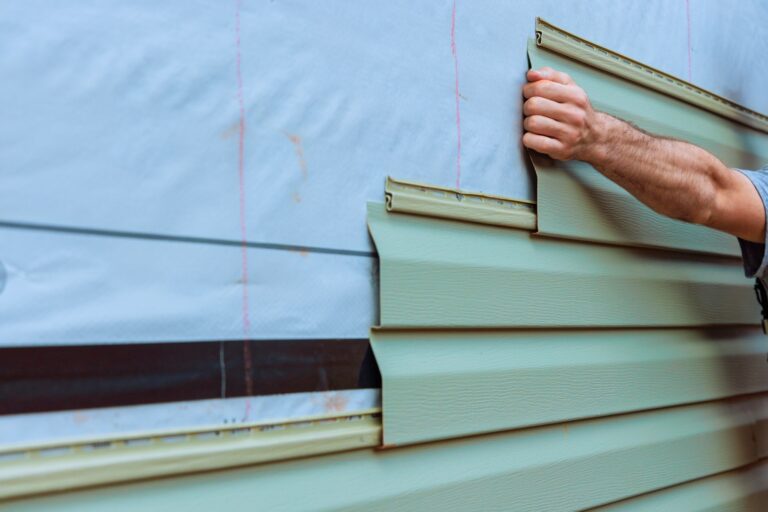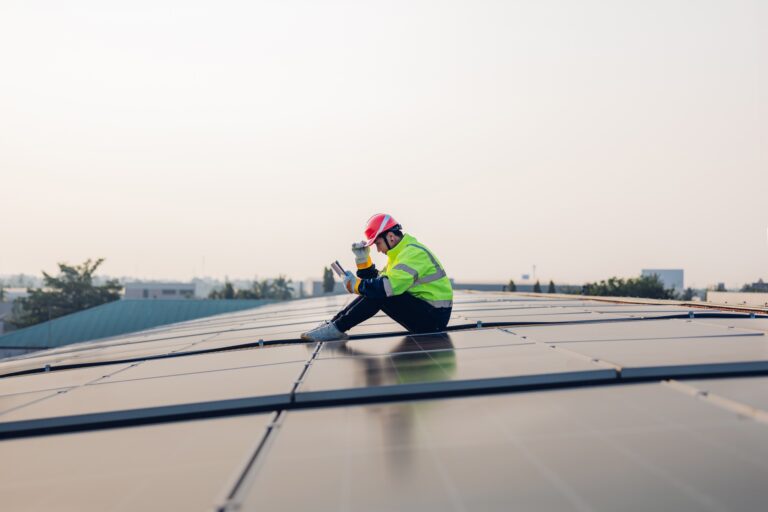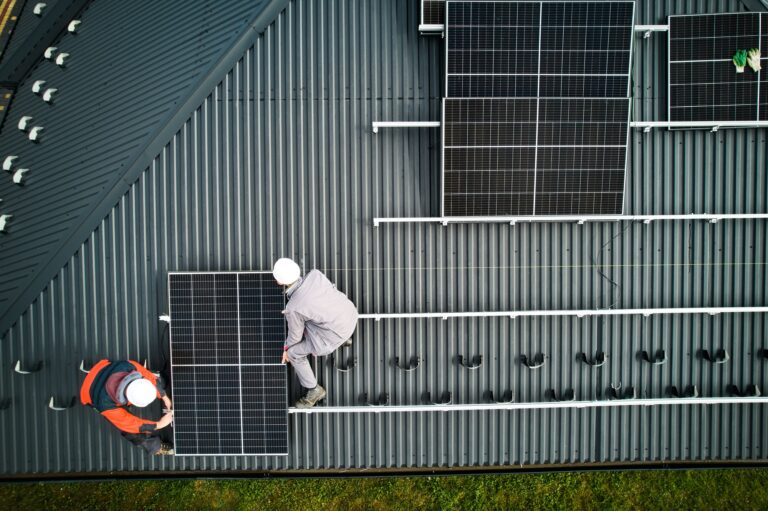When it comes to roofing, choosing the right material for your home is crucial for ensuring durability, protection, and aesthetic appeal. Different roofing materials have unique advantages, and your choice depends on factors like your local climate, budget, the style of your home, and how long you plan to stay in it. In this post, we’ll explore the top roofing materials available and help you determine which one is best for your home.
1. Asphalt Shingles
Best for: Budget-conscious homeowners, traditional homes
Asphalt shingles are one of the most popular and affordable roofing materials available. They come in a wide range of colors and styles, making them versatile enough to fit nearly any home design. Asphalt shingles are relatively easy to install and repair, making them a favorite choice for many homeowners.
Pros:
- Affordable
- Easy to install and repair
- Widely available
- Good for moderate climates
- Lasts 15-30 years (depending on the quality)
Cons:
- Less durable in extreme weather conditions (like high winds or heavy snow)
- Can deteriorate faster in areas with constant sun exposure
2. Metal Roofing
Best for: Homes in areas with extreme weather, eco-conscious homeowners
Metal roofing has gained popularity due to its durability and energy efficiency. Made from materials like steel, aluminum, or copper, metal roofs can withstand high winds, heavy rain, snow, and even wildfires. Metal roofs are also energy-efficient as they reflect the sun’s rays, which helps reduce cooling costs in hot climates.
Pros:
- Extremely durable (can last 40-70 years)
- Energy-efficient and eco-friendly
- Fire-resistant
- Low maintenance
- Excellent in harsh climates (wind, rain, snow)
Cons:
- More expensive than asphalt shingles
- Noisy during heavy rain or hail (can be mitigated with proper insulation)
- Requires professional installation
3. Clay or Concrete Tiles
Best for: Homes in hot, dry climates, Mediterranean or Spanish-style homes
Clay and concrete tiles are ideal for homes in warm climates due to their natural ability to keep homes cool. These materials are not only durable but also add a unique aesthetic to your home, especially in Mediterranean, Spanish, or Southwestern-style houses. Clay tiles are known for their long lifespan and resistance to moisture, making them great for preventing mold growth.
Pros:
- Long-lasting (50-100 years)
- Fire-resistant
- Energy-efficient (keeps homes cool)
- Low maintenance
Cons:
- Expensive upfront cost
- Heavy (may require additional structural support)
- Can crack under impact (e.g., from fallen branches)
4. Wood Shingles or Shakes
Best for: Homeowners seeking a natural, rustic look
Wood shingles or shakes provide a charming, natural appearance that enhances the aesthetic of traditional or cottage-style homes. They are typically made from cedar, redwood, or pine. While wood roofs have a unique look, they require regular maintenance to prevent issues such as mold, rot, or insect infestations.
Pros:
- Attractive and natural aesthetic
- Good insulation properties
- Environmentally friendly (especially when sourced sustainably)
Cons:
- Requires regular maintenance (cleaning, sealing, etc.)
- More prone to fire and decay if not properly maintained
- More expensive than asphalt shingles
5. Slate Roofing
Best for: Homeowners seeking a premium, long-lasting material
Slate is a high-end roofing material that offers a timeless, elegant appearance. Known for its durability and beauty, slate roofs are incredibly long-lasting and can withstand harsh weather conditions, including heavy rain, snow, and high winds. Slate is often used in historic homes or buildings where aesthetics and longevity are a priority.
Pros:
- Extremely durable (can last 75-100 years or more)
- Fire-resistant
- Attractive and adds value to your home
- Low maintenance
Cons:
- Expensive upfront cost
- Heavy (requires strong structural support)
- Labor-intensive installation
6. Synthetic Roofing Materials
Best for: Homeowners looking for a balance between cost, durability, and appearance
Synthetic roofing materials, such as rubber, plastic, or polymer shingles, are designed to mimic the look of natural materials like wood, slate, or tile, but without the high cost or maintenance. These materials are lightweight, durable, and often made from recycled content, making them an eco-friendly choice.
Pros:
- Mimics the look of more expensive materials
- Lightweight and easy to install
- Low maintenance
- Environmentally friendly options available
Cons:
- May not have the same lifespan as natural materials (typically 30-50 years)
- May not be as widely accepted by homeowners in certain markets
7. Rubber Roofing (EPDM)
Best for: Flat roofs, commercial buildings
Rubber roofing, often referred to as EPDM (Ethylene Propylene Diene Monomer), is a popular choice for flat roofs, particularly on commercial buildings, but it is also used for residential homes. EPDM is known for its durability and resistance to UV radiation, ozone, and weathering.
Pros:
- Durable and long-lasting (up to 50 years)
- Energy-efficient (reflects sunlight)
- Low maintenance
- Waterproof and resistant to weathering
Cons:
- Not as aesthetically pleasing as other options
- Requires professional installation
Conclusion
Choosing the right roofing material for your home depends on several factors, including budget, climate, aesthetics, and long-term goals. Each roofing material offers unique benefits, so it’s important to consider your home’s specific needs before making a decision. Consult with a professional roofing contractor to discuss your options and select the best material for your home’s roof.
Investing in a high-quality roofing material will not only protect your home but also enhance its curb appeal and increase its value. Whether you choose durable metal, traditional asphalt, or the timeless elegance of slate, the right roof can make all the difference.



